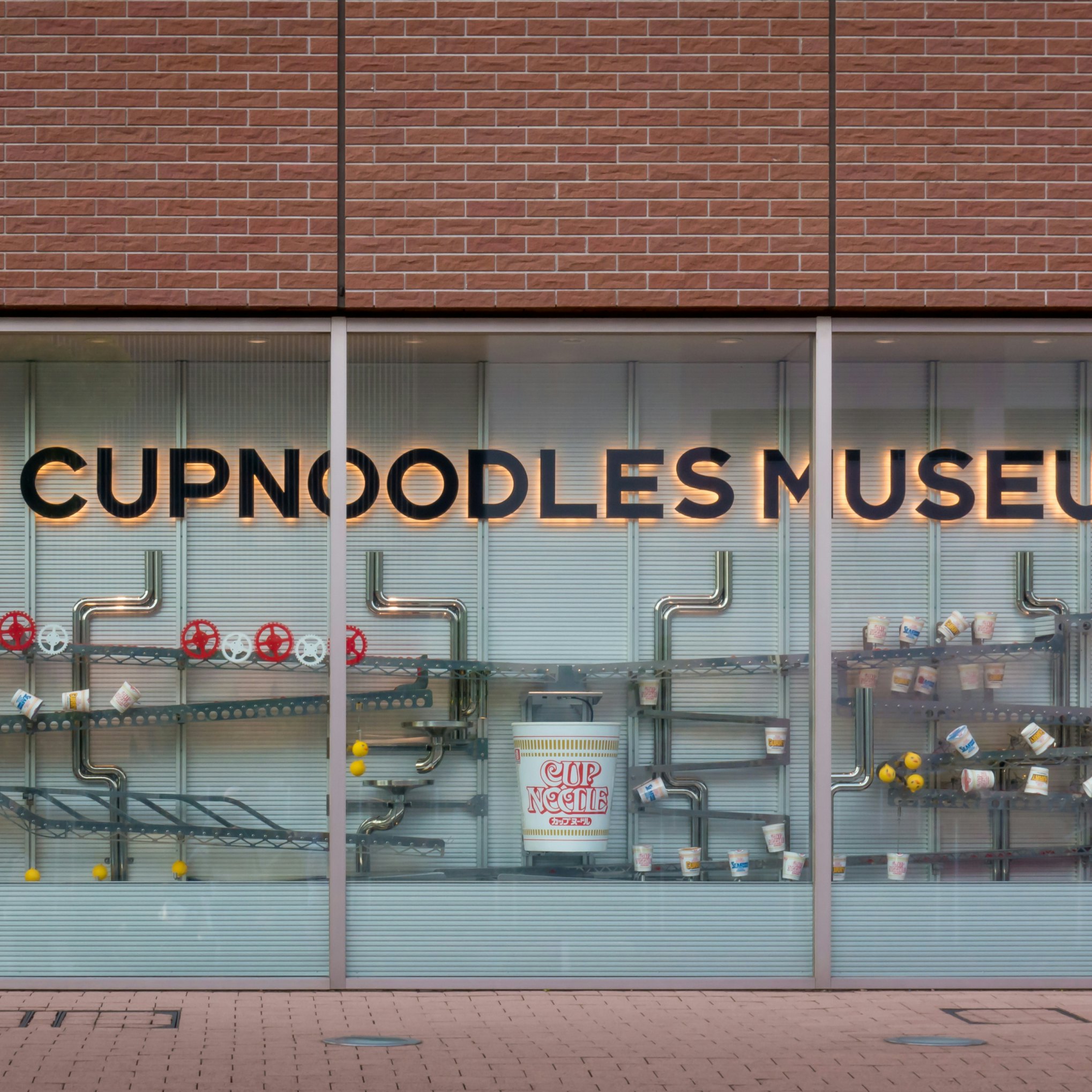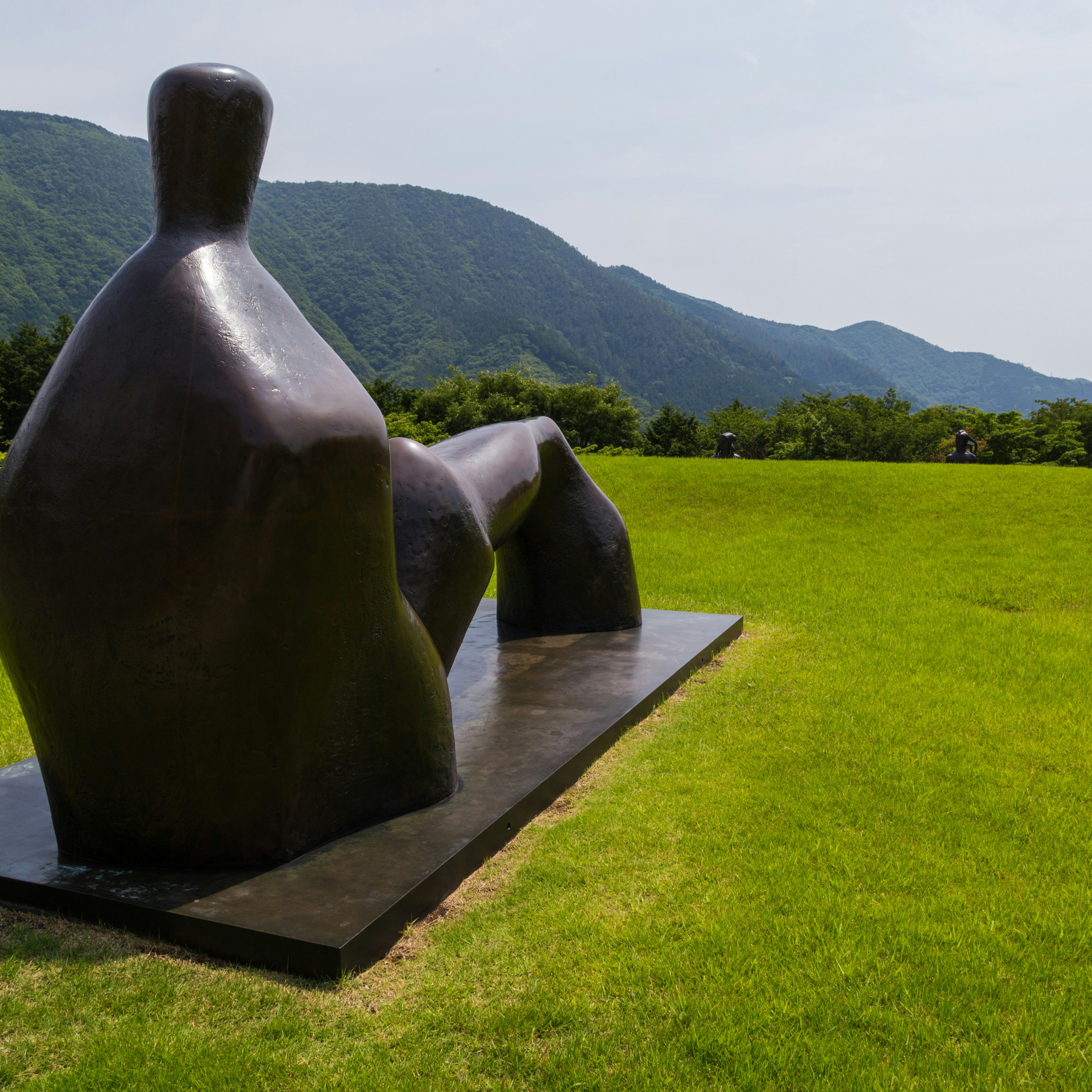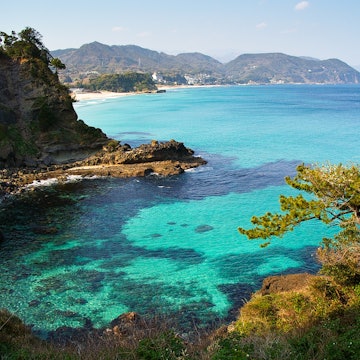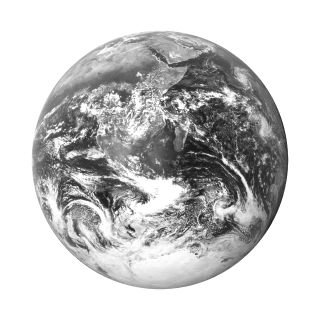
Overview
Once you've succumbed to Tokyo's manifold pleasures, and the capital has chewed you up, Godzilla-style, worry not: there's a whole other world out there, where spiritual sanctuaries, invigorating hot springs and idyllic natural scenery awaits; and most of it is less than two hours away from the city.
Meet your new travel partner
Stay connected in Around Tokyo
Unlimited data while you travel with Holafly eSIM. Use code LONELYPLANET for an exclusive discount.
Must-see attractions
Get a book. Get inspired. Get exploring.
in partnership with getyourguide
























